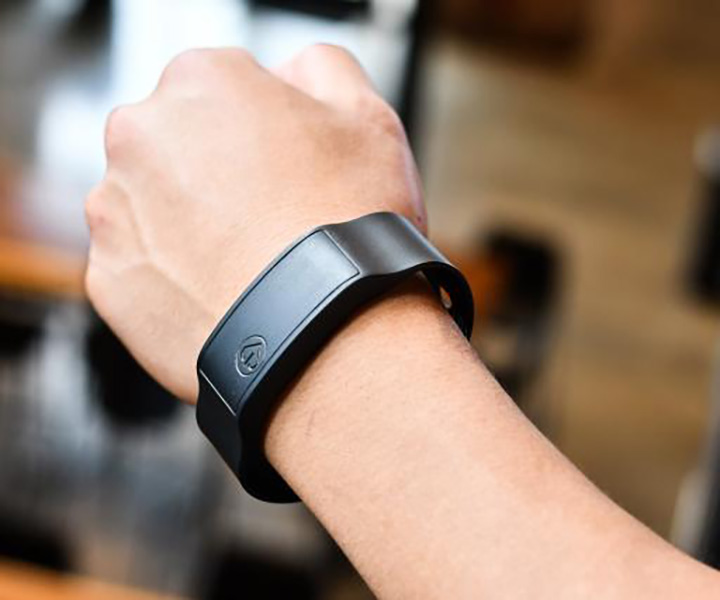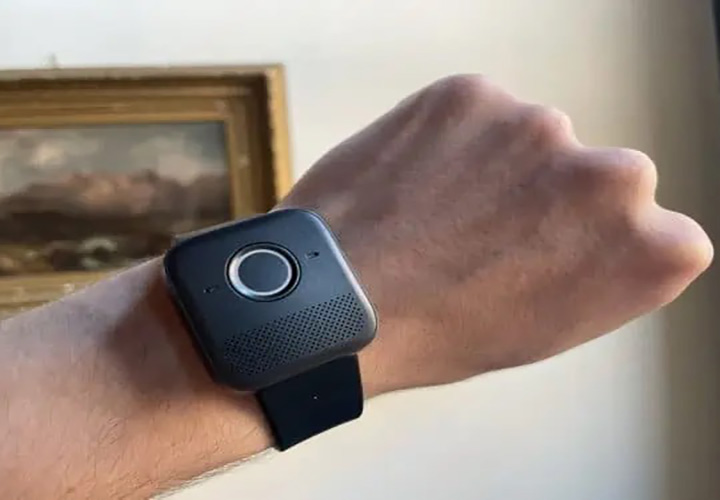The connection between alcohol abuse and rosacea or dry skin
Let us explore the link between alcohol abuse and dry skin conditions, the underlying mechanisms, and what can be done to manage & reverse the damage.
Wearable medical alert systems have made remarkable breakthrough in the medical field. Let us know how integrating AI with these systems can help the patients more.
By Guest Author
Posted on | Last Updated
AI is a fast-evolving concept in theory and practice. It can be integrated with almost anything to boost effectiveness and function.
A leading breakthrough is being made through the integration of AI and wearable medical alert systems.
Wearable medical alert systems are an important advancement in the medical field. They help everyone, from vulnerable people to elderly folk, find medical assistance at the click of a button.
Using AI in the integration of such devices can help these populations find a new sense of security.
This article will talk about integrating AI and wearable medical alert systems, elaborating on how beneficial this union can be.

AI, as mentioned earlier, is undergoing rapid changes and is adapting to newer aspects of human life every day.
In the medical field, it can revolutionize the way we treat people, how they get access to professional help, and even surgical procedures.
Let us narrow down the application, benefits, and potential challenges that AI brings to healthcare:
Artificial Intelligence (AI) is a transformative phenomenon, especially in healthcare. Various parts of medical practice and patient care can be revolutionized under it.
Medical imaging analysis, predictive analysis, virtual health assistance, drug discovery, and personalized medication are some common applications that AI brings to the table for healthcare.
Using machine learning algorithms and data analytics is how AI has come this far in helping healthcare providers with useful insights.
AI in healthcare is a beneficial thing. It is helpful mainly in providing medical services and improving the outcomes for the patients. The ability of AI models to go through large datasets of medical history or records is simply so helpful.
The professionals who previously manually performed this work now have great help, and they can even focus on other meaningful tasks.
AI can help detect diseases and bring in individualized treatment plans after going through the said records. AI’s predictive analysis even sets apart patients with high-risk illnesses.
While AI does show promise and great abilities, it is still not the perfect thing to adapt to healthcare. Data privacy, regulatory barriers, and ethical considerations are all here to pose challenges.
Healthcare systems and providers need to work carefully towards integrating AI models that can overcome such challenges.

Wearable medical alert systems are the new way for medically vulnerable people to seek help with a click of a button. From elaborate devices, medical alert systems have advanced to become a feature-rich accessory.
Let us have a look at this evolution:
The first medical alert systems date back to the 20th century. Former devices were used to alert the family or guardians of the patients of any medical emergency, like a fall or sudden problem.
Advancements in this device have helped create home-based and wearable devices that come with various features. Some of the most prominent features include sensors, communication channels, and, very soon, an AI integration!
Sophisticated medical alert systems have recently been developed in the context of wearable technology. The use of AI-powered features is being made to make the devices more personalized and proactive in nature.
Smartwatches, fitness trackers, and health bands are common wearable devices that come with sensors.
These sensors work as accelerometers, GPS trackers, and heart rate monitors. These help keep track of your vitals, activity, and location.
Using AI algorithms in these devices helps with real-time analysis. This is to say that anomalies, health risks, and alerts can be a timely manner.
Wearable medical alert systems are now commonly available in the market. They come in different features with various functionalities. These suit a range of users, especially senior citizens with chronic illnesses.
Various forms of these systems are also available. You can get a wristband, pendants, and clip-on pieces.
These can detect fall and heart rate anomalies, set off alarms for medicines, and even call in emergency help.
Some of these are now being integrated with AI to bring in the virtual assistant feature with predictive analysis capabilities.
Integrating AI with wearable medical alert systems is now becoming common. This integration has tons of advantages for now and in the future. Let us know what these are in detail:
Integrating AI with wearable medical alert systems helps with better monitoring. It is even useful for real-time analysis of health data. Underlying health issues can be duly determined, and proper actions can be taken.
AI algorithms are adept at analyzing whatever health data comes their way through wearable devices. This data is from heart rate, blood pressure, and activity levels.
Subtle changes and drastic differences are all recorded and analyzed in real time. Falls and irregular heart rates can be detected much faster through AI.
AI’s predictive analysis is a powerful capability for going through health records and finding patterns of an underlying health issue. This helps get proper detection and medical intervention, all in due time.
Machine learning techniques are a good way to equip wearable medical alert systems with the ability to predict health events. These may be arrhythmia, falls, and diabetic problems.
AI-driven wearable medical alert systems are great at giving tailored recommendations to their holders. These are given based on individual health profiles and preferences.
These systems can provide a whole lot of health insights, lifestyle changes, workout routines, and medicine alarms for people to take better control of their lives.
Such devices are encouraging people to do more in their lives while simultaneously improving their health.
Putting together AI and wearable medical alert systems is also a way towards better communication. Better coordination can be set up between the system users and their respective healthcare providers.
AI algorithms are great at going through user data and bringing up actions that will help healthcare professionals look after their patient better. This allows for good decision-making, one that is fast and accurate.
Solutions like Canvas custom sleep EMR also support this goal by enabling providers to access structured patient data, improving collaboration and the quality of care.
AI-powered virtual assistants are also being integrated into these systems to help individuals keep track of their health and find answers to queries quickly. These assistants may even encourage the wearer to engage in activities that enhance their well-being.
Integration of AI with wearable medical alert systems is a new trend that holds a lot of benefits.
Healthcare and AI already share a beneficial relationship, while medical alert devices are constantly becoming more accessible.
The benefits of such integration strike up thoughts of a wonderful integration that benefits various people.